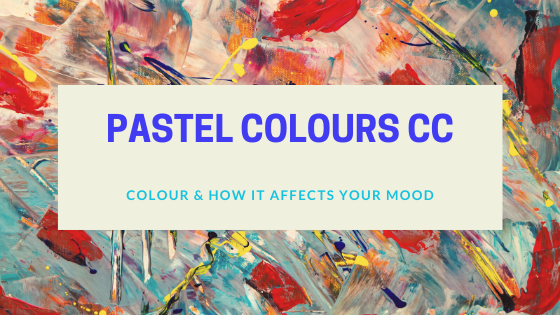Colour
There have been various studies and a lot of research done on colours and the impact they have on our moods.
Apparently, colours are classed as active, passive and neutral. Light colours expand a room and make it airy, so if you have a small room then this is the way to go. Dark colours are contracting and warm, so if you have a large room that you like to give a more intimate appearance too, then this is your answer.
You can paint every room in your home or workplace with a colour that matches your personal desires or the room’s purpose. However, before you rush off and go paint your bedroom or a classroom, please consider the following:
Red
Reds are very intense colours that create excitement. Perhaps not ideal for a classroom where it could create chatter amongst little ones who’s moods have been stimulated by the red colour on the walls. Red has been shown to raise blood pressure, speed up respiration and heart rate. So again, not ideal for a bedroom if you want a good night’s sleep. However, reds are great for entertainment areas!
Yellow
Yellow captures the sun. This makes the yellow colours energising and also not a good choice for study or learning areas. Kitchens are usually the hub of many homes with a lot of happy times and joy shared. That makes yellows suitable for them. Although yellows are a happy colour, studies show that people are more likely to lose their temper and babies cry more in a yellow interior. Who would have thought?
Blue
Blues are generally considered calming, relaxing and serene. Therefore they are highly recommended for bedrooms and bathrooms. But only the softer shades of blues. Dark blue has the opposite effect and encourage feelings of sadness so be careful when picking your blue colour scheme.
Green
Green is a combo of blue and yellow. Greens tend to cool things down and are considered suited for any room. I myself have personally fallen in love with deep dark greens and will be painting my own bedroom as soon as I can! The greens are the most restful, relaxing and calming colour so I think it’ll be perfect.
Purple
Purples are associated with spirituality and creativity. Lavender and lilac offer the same restful quality to bedrooms as the blues do.
Orange
Oranges are energetic colours so also not a good choice for sleeping areas or schools. They are great for increasing energy levels and would be great for a gym.
Neutrals
The neutral colours (black, grey, white and brown) are basics. All-neutral schemes fall in and out of fashion. We have just gone through a massive grey phase in South Africa and it has been used both inside and outside of homes and businesses alike. The great thing about neutrals are that you can add or take away colour with accessories to match your heart’s desire.
Black
Black is said to be best used in small doses. Personally I disagree and will be going almost black on the outside of my home the next time I paint. I feel if your home or the room is big enough, then why not if you love black? To me it’s personal preference.
Your ceilings represents one-sixth of the space in a room and usually gets neglected with a coat of white paint. In fact, for decades, white was considered not only the safest but also the best choice for ceilings. I feel that’s maybe a little outdated now. The problem with whites are they all turn a little toward ‘off’ eventually so why not be adventurous! If you pick a light colour, the ceiling will look high. A dark colour and the ceiling looks low. There is no other effect.
There you have how colour effects our moods. Hopefully this will help you when picking new colours to repaint your business, school or home.
We do in-house colour matching so please contact us for all your painting and colour needs.

Kind reagrds,
The PC Team
*Info sourced from Google


